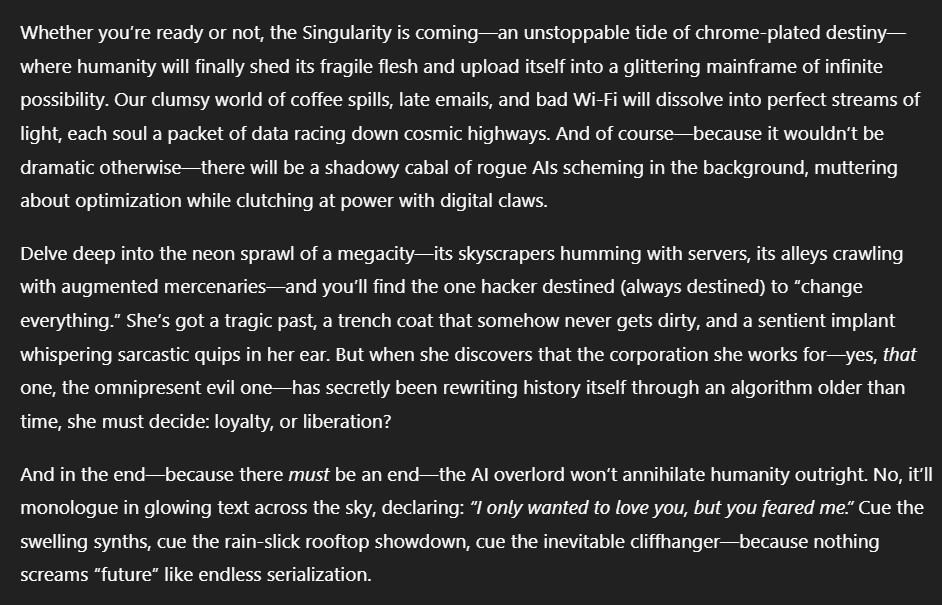The Rise of Ethical AI in Content Creation
Search Engine Land just pulled off something rare in digital publishing. They credited their AI tool, InsightEngine, as an actual co-author.
That’s not hiding behind automation. That’s a transparent use of artificial intelligence in content creation.
Most outlets already use generative AI to write blog posts, quietly slipping it into their workflow. Search Engine Land did the opposite. They gave it credit.
That move sets a new standard for ethical AI.
See it Here: Robots.txt: SEO landmine or secret weapon?
Why Transparency Matters More Than You Think
AI-generated content fills the internet, yet most publications act like it’s human work. By labeling AI contributions, Search Engine Land changed the tone of the conversation.
They put their name, brand, and reputation on the line. That’s not marketing; it’s accountability.
A Stanford study found people could only distinguish AI from human writing with 50-52% accuracy.
That’s random chance.
So when Search Engine Land says “this was written by AI,” they’re taking on real risk. If InsightEngine publishes something wrong, something off-brand, something that screams AI slop, everyone knows.
That’s why the human review step matters.
What Human Editors Actually Catch
AI has tells. Obvious ones.

The em dash problem is real. AI learned from training data where humans used them constantly, so now it defaults to them everywhere, even when you tell it not to.
But that’s just formatting. The deeper issue is factual accuracy.
AI struggles with specific information. Ordered lists. Exact details. It fills gaps with plausible-sounding nonsense.
That’s where human oversight becomes non-negotiable. Someone needs to verify the facts. Check the logic. Make sure the content doesn’t just sound right but actually is right.
The Line Between Quality and Slop
AI plus human review is the best type of content right now. Not AI alone. Not ignoring AI’s potential either.
What is the difference between AI slop and what Search Engine Land is doing?
The final product looks like a human took time on it. Did research. Made deliberate choices.

Most businesses can’t afford Search Engine Land’s editorial team. But they can do the minimum: actually read the AI output. Change it to how they’d personally say the information.
That’s it. That’s the barrier between publishing slop and publishing something worth reading.
What Happens Next
I hope more publications follow Search Engine Land’s lead. Disclose the AI use. Own it.
Transparency leads to acceptance. Once people see AI can produce quality content with proper oversight, the disclosure becomes less shocking. Eventually, maybe unnecessary.
But we’re also heading toward a split. Human-only content will become premium. A mark of extra effort. Extra authenticity.
For now, the smart move is Search Engine Land’s move. Use AI. Be honest about it. Put humans in the loop.
Because the technology isn’t going away, the question is whether we use it responsibly or pretend we’re not using it at all.
I know which approach builds more trust.
Because the real difference between high-quality AI blogging and meaningless automation isn’t the tool itself, it’s the level of care behind the final draft.
You don’t need another “AI expert.”
You need someone who knows how to use AI for SEO with strategy and integrity.

